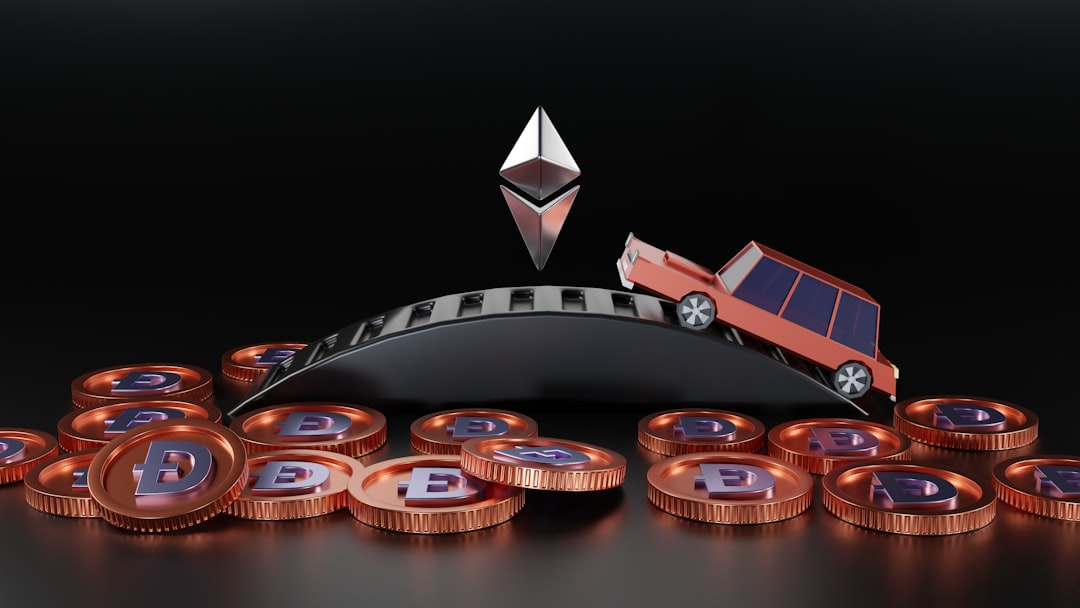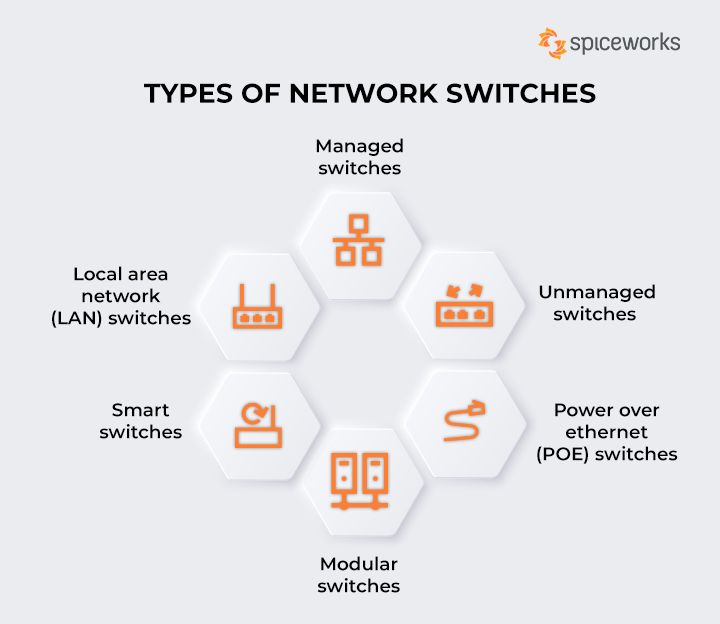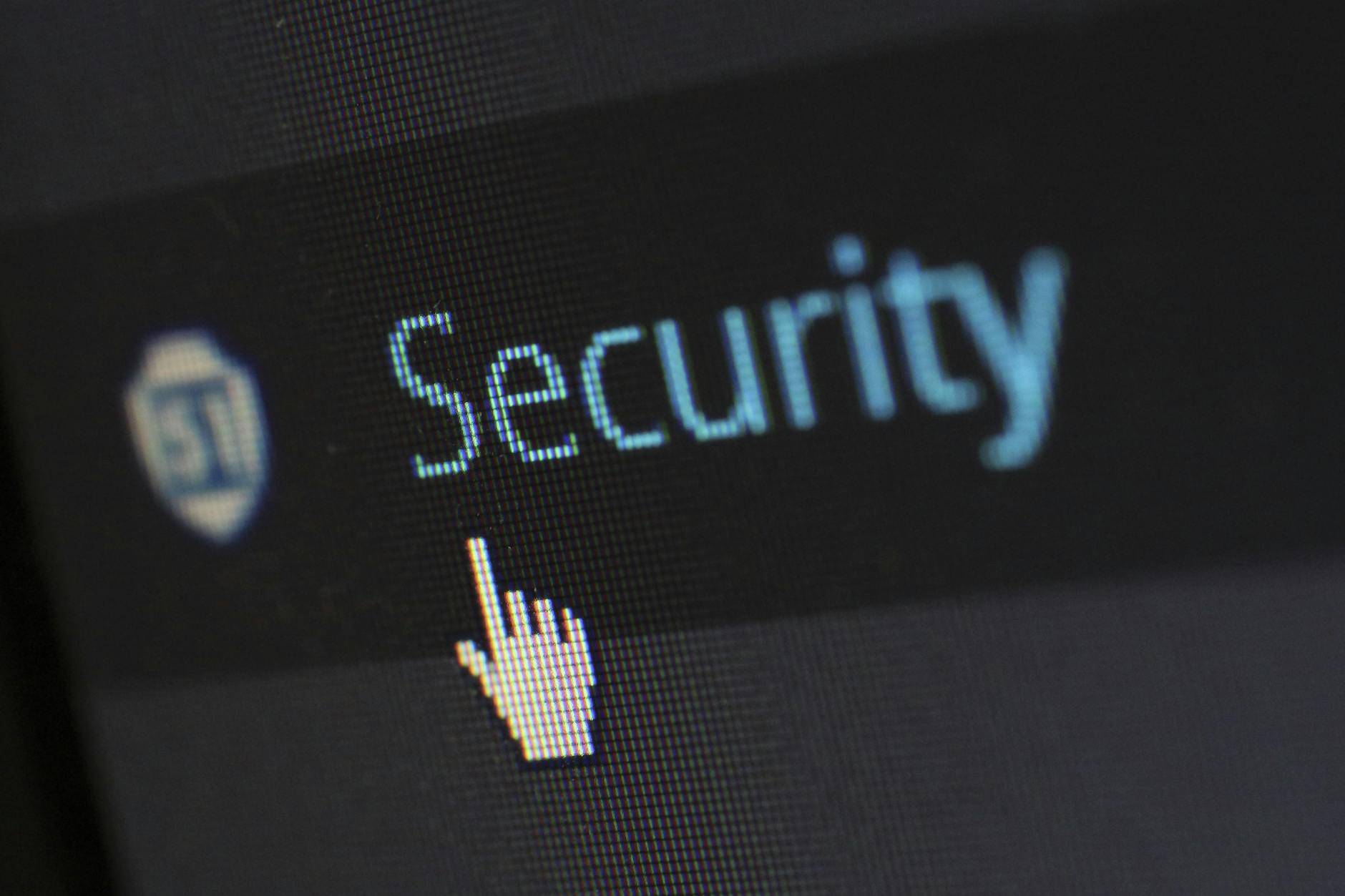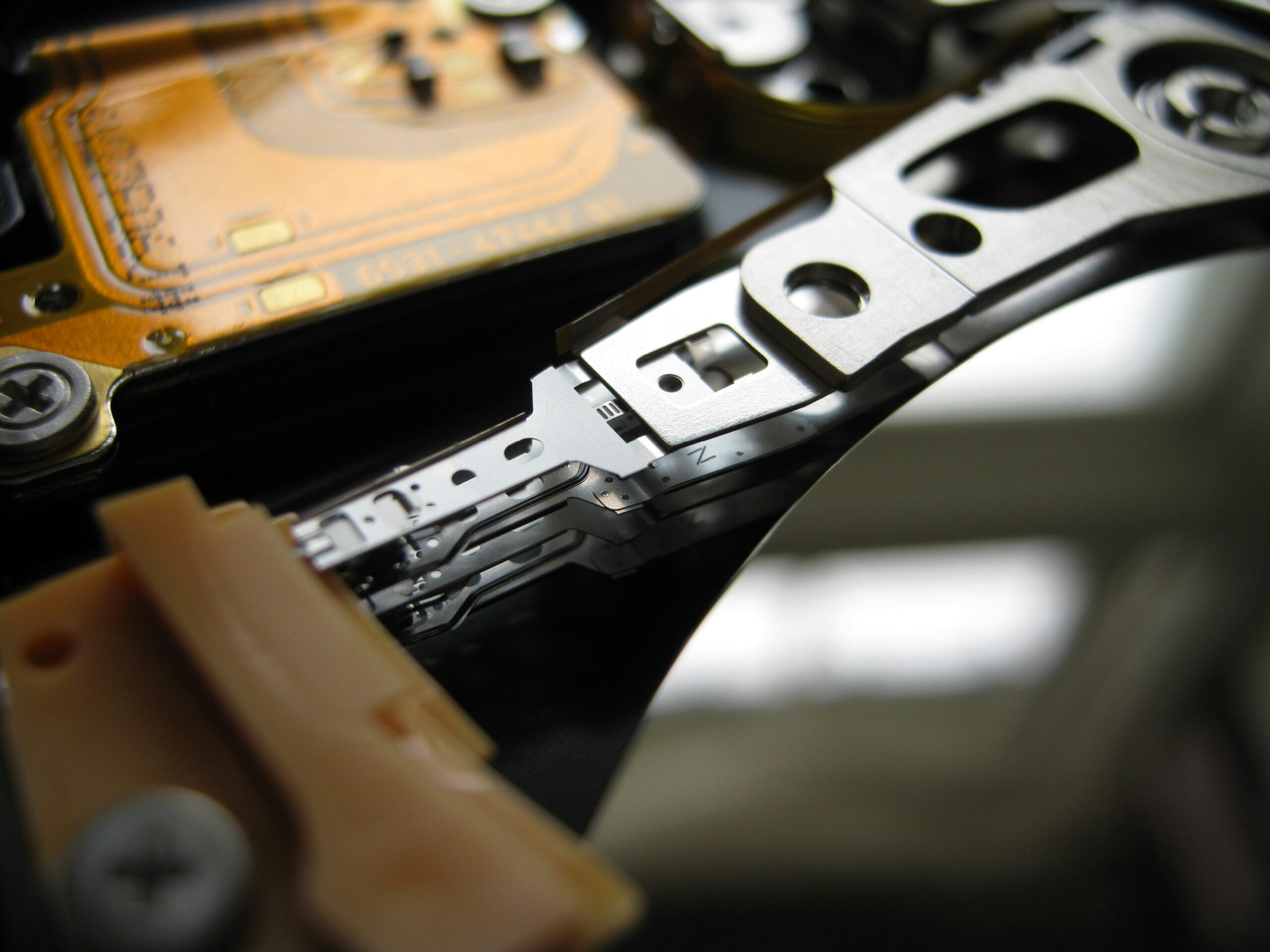Have you ever considered that even a slight 1% decrease in your mining rig’s efficiency could mean losing around 10 dollars per day, depending on the market? Such a seemingly insignificant drop underscores the critical nature of maintaining and optimizing your mining rig effectively. A well-maintained rig isn’t just an investment in hardware—it’s a ticket to consistent and maximized returns.
Historically, mining operations that prioritize routine maintenance and strategic optimizations often see at least a 15% increase in production output. By regularly updating software, managing cooling systems, and conducting performance audits, operators can stave off the gradual wear and tear that often goes unnoticed. This proactive approach ensures not only enhanced efficiency but also extends the longevity of your mining hardware, safeguarding your investments.
The Importance of Regular Maintenance for Your Mining Rig
Your mining rig works hard day and night. If you don’t take care of it, you’ll face serious issues. Regular maintenance helps to avoid those problems.
Neglecting your rig can cause performance drops and unexpected shutdowns. This not only disrupts your mining but also costs you money. Regular check-ups keep everything running smoothly.
Regular maintenance includes cleaning out dust and ensuring all connections are tight. Dust can clog your cooling systems, making your rig overheat. Keep it clean for better efficiency.
Besides cleaning, update your software and drivers regularly. This helps fix bugs and improve performance. Your mining rig will operate at its best when it’s up-to-date.
Optimizing Hardware for Maximum Efficiency
Optimizing your mining rig’s hardware is essential for peak performance. This involves fine-tuning various components to work at their best. Regular optimization helps you get the most out of your investments.
Upgrading Graphics Cards
Graphics cards are the heart of any mining rig. Keeping them updated can boost your mining efficiency. Choosing the right GPU model is crucial for maximum output.
You can look into upgrading to newer models as technology progresses. Newer models often offer better performance and energy efficiency. This means higher hash rates and lower power consumption.
Ensure that your GPUs have adequate cooling systems in place. Heat can significantly reduce their lifespan and efficiency. Use better fans or liquid cooling systems to keep them cool.
Enhancing Cooling Systems
Temperature management is key to ensuring long-term hardware efficiency. Overheating can cause your system to throttle or even shut down. Effective cooling systems are a must.
Invest in high-quality fans or liquid cooling solutions. You can use a table to compare different cooling methods available.
| Cooling Method | Cost | Efficiency |
|---|---|---|
| Standard Fans | Low | Moderate |
| High-Efficiency Fans | Medium | High |
| Liquid Cooling | High | Very High |
Regularly clean and maintain your cooling systems. Dust buildup can reduce cooling efficiency. Make cleaning a routine part of your maintenance schedule.
Power Supply Considerations
The power supply unit (PSU) is often overlooked but crucial. A reliable PSU ensures stable power delivery to all components. An underpowered PSU can cause crashes and inefficiency.
Choose a PSU with higher wattage than your current needs. This provides headroom for future upgrades. Aim for a unit with at least an 80 Plus certification for better efficiency.
Additionally, ensure your PSU has the right connectors for your graphics cards. The last thing you want is to buy a new GPU only to find out your PSU can’t support it. Keep an eye on external reviews for PSU reliability.
Periodic Software Updates and Their Role in Optimal Performance
Regular software updates are critical for your mining rig. These updates can fix bugs and enhance performance. Ignoring updates can lead to inefficiencies and security issues.
Software updates often include improvements that maximize your mining rig’s output. Updated software can improve compatibility with hardware. This ensures all components work seamlessly together.
Automated software update tools can simplify this process. Set your system to notify you when updates are available. This ensures you’re always operating with the latest enhancements.
Failing to update can also expose your rig to security vulnerabilities. Hackers often exploit outdated software. Keeping your software current is a simple yet effective way to protect your mining operation.
Conducting Performance Audits – An Essential Practice
Regular performance audits are essential for maintaining your mining rig’s efficiency. These audits help identify bottlenecks that can slow down your system. Addressing issues early can save you time and money.
Use monitoring software to track performance metrics. This software can provide insights into how well your rig is operating. Data-driven decisions lead to better optimizations.
Check all components, including GPUs, CPUs, and cooling systems. Make sure everything is running as expected. If something is off, investigate and fix it immediately.
Audits should be conducted at regular intervals. Monthly or quarterly checks are a good starting point. Consistent audits help in catching problems before they escalate.
Use the data collected during audits to make necessary adjustments. Adjust clock speeds, tweak cooling settings, or update software based on audit results. These changes can significantly enhance your mining rig’s performance.
Keep a log of all audits and adjustments. This helps you track what works and what doesn’t. A well-documented history can guide future improvements and optimizations.
Strategies for Long-Term Rig Maintenance and Optimization
Long-term rig maintenance and optimization require a proactive approach. Regular cleaning and hardware checks should be part of your routine. Preventive actions can save you from costly repairs later.
Create a maintenance schedule to keep track of tasks. This includes dusting hardware, updating software, and checking connections. Consistency is key.
Monitor the performance metrics regularly. Use tools that provide real-time data on your system’s health. Quick action on anomalies can prevent bigger issues.
Keep your mining rig in a clean, cool environment. Dust and heat are the enemies of electronics. A clean setting improves efficiency and longevity.
Consider insurance for your mining equipment. This can cover unexpected breakdowns or failures. It’s a small price to pay for peace of mind.
Think about future upgrades and plan accordingly. Chart the lifespan of key components and anticipate replacements. Being prepared minimizes downtime and keeps your rig at peak performance.
Frequently Asked Questions
Here are some common questions experts ask about maintaining and optimizing mining rigs. Understanding these aspects can help ensure smooth operations and optimal performance.
1. How often should I clean my mining rig?
Cleaning your mining rig every two to three months is advisable. This helps remove dust and debris that can clog cooling systems, ensuring efficient airflow.
If you have a dusty environment, consider more frequent cleaning. Always use compressed air and avoid touching sensitive components to prevent damage.
2. What software tools are essential for monitoring my mining rig?
Essential software tools include hardware monitoring programs and mining management platforms. Examples include HWMonitor, MSI Afterburner, and MinerStat.
These tools offer real-time data on temperatures, GPU usage, and hash rates. They also alert you to any irregularities, allowing for timely interventions.
3. Can optimizing the power supply improve my mining rig’s efficiency?
Yes, using a high-quality power supply can significantly boost efficiency. Look for a unit with an 80 Plus certification to ensure minimal energy loss.
An efficient power supply reduces electricity bills and enhances overall system stability. It’s crucial for long-term operation without interruptions.
4. How do I manage overheating issues in my mining rig?
To manage overheating, start by ensuring proper ventilation around your rig. Use high-efficiency fans or liquid cooling systems to dissipate heat effectively.
You can also limit overclocking settings if temperatures become excessive. Regular maintenance checks help identify hot spots before they cause issues.
5. Why are regular performance audits important for my mining rig?
Regular performance audits identify inefficiencies that may hamper your mining operation’s effectiveness. They allow you to make informed adjustments based on data-driven insights.
This practice ensures long-term stability and peak performance of your hardware components. Audits also help in anticipating potential failures before they occur.
Conclusion
Maintaining and optimizing your mining rig is key to ensuring its longevity and efficiency. By regularly cleaning, updating software, and conducting performance audits, you can prevent costly issues and enhance productivity. These proactive measures are vital for staying competitive in the fast-paced world of cryptocurrency mining.
Long-term strategies, such as investing in high-quality power supplies and effective cooling systems, further guarantee the robustness of your rig. Consistency and attention to detail in your maintenance routine will keep your mining operations running smoothly. Keep these best practices in mind to maximize returns on your investment.







Leave a Reply
You must be logged in to post a comment.